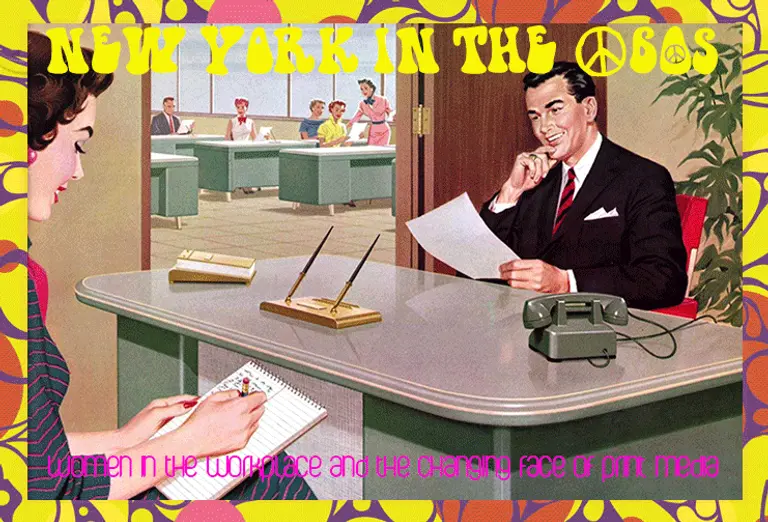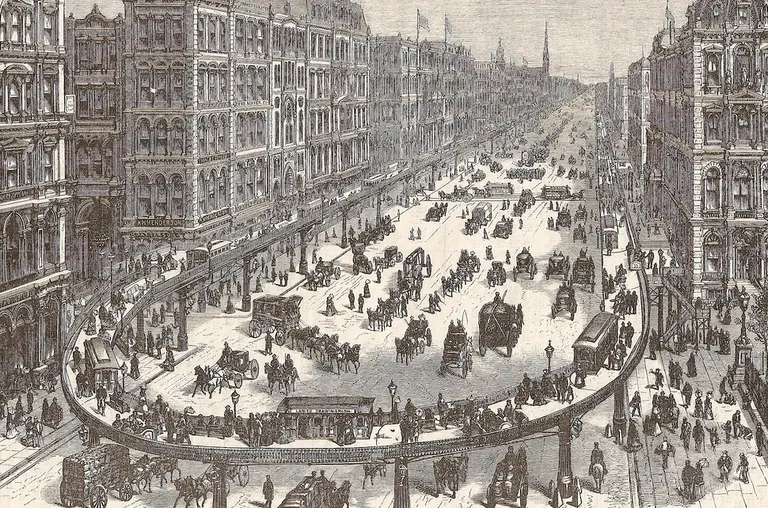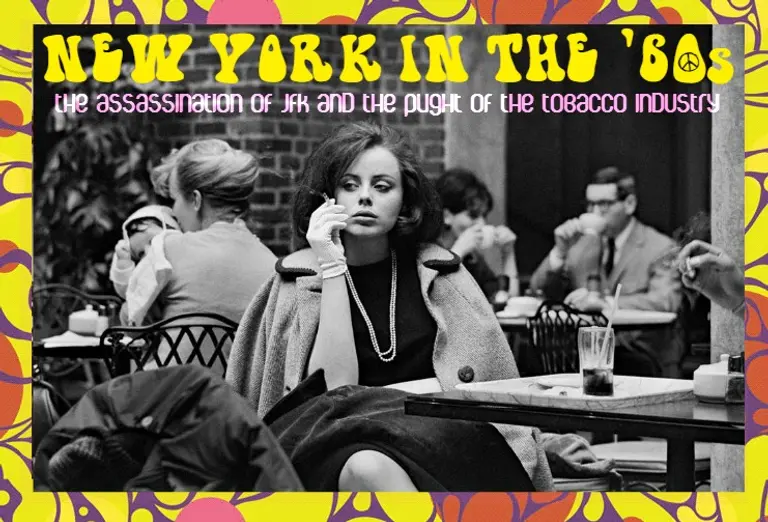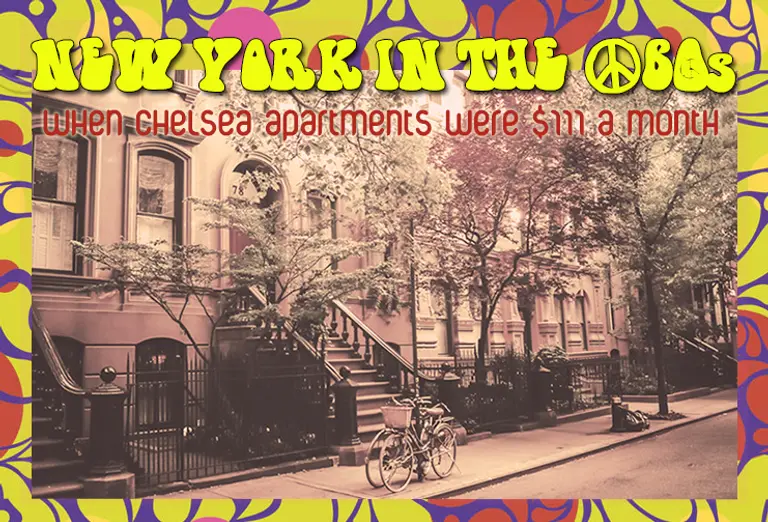Historic Palace Theater to Get Raised 29 Feet to Accommodate New Retail Space
More on the history and future of the Palace Theater

Image via wackystuff/Flickr

Photo of the Ansonia by Jeffrey Zeldman

Image via All Ways NY

“New York in the ’60s” is a memoir series by a longtime New Yorker who moved to the city after college in 1960. From $90/month apartments to working in the real “Mad Men” world, each installment explores the city through the eyes of a spunky, driven female. In the first two pieces we saw how different and similar house hunting was 50 years ago and visited her first apartment on the Upper East Side. Then, we learned about her career at an advertising magazine and accompanied her to Fire Island during the warm summer months. Our character next decided to make the big move downtown, but it wasn’t quite what she expected. Now she’ll take us through how the media world reacted to JFK’s assassination, as well as the rise and fall of the tobacco industry.

Photo via NY Through the Lens

Our series “New York in the ’60s” is a memoir by a longtime New Yorker who moved to the city after college in 1960. Each installment will take us through her journey during a pivotal decade. From $90/month apartments to working in the real “Mad Men” world, we’ll explore the city through the eyes of a spunky, driven female. In our first two installments we visited her first apartment on the Upper East Side and saw how different and similar house hunting was 50 years ago. Then, we learned about her career at an advertising magazine… looking in on the Donald Drapers of the time. In our fourth installment, we accompanied her to Fire Island during the warm summer months. Now, our main character decides to make the big move downtown, but it’s not quite what she expected.